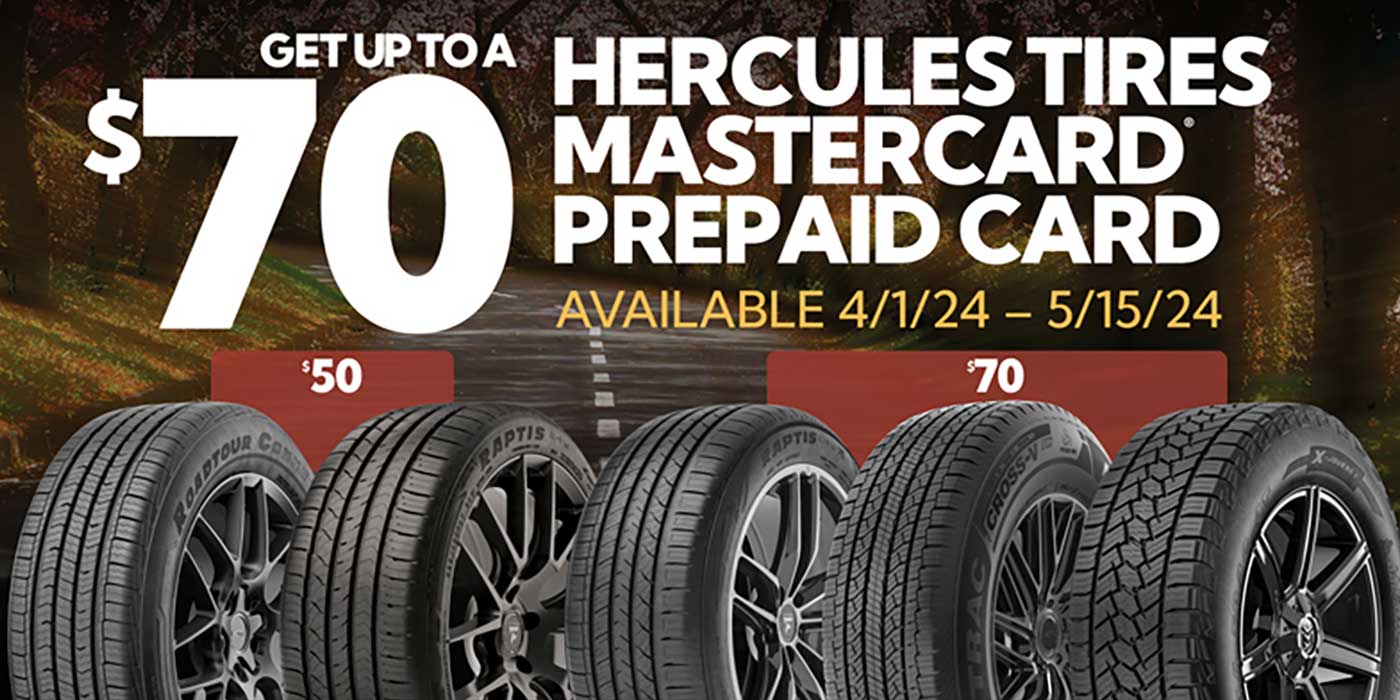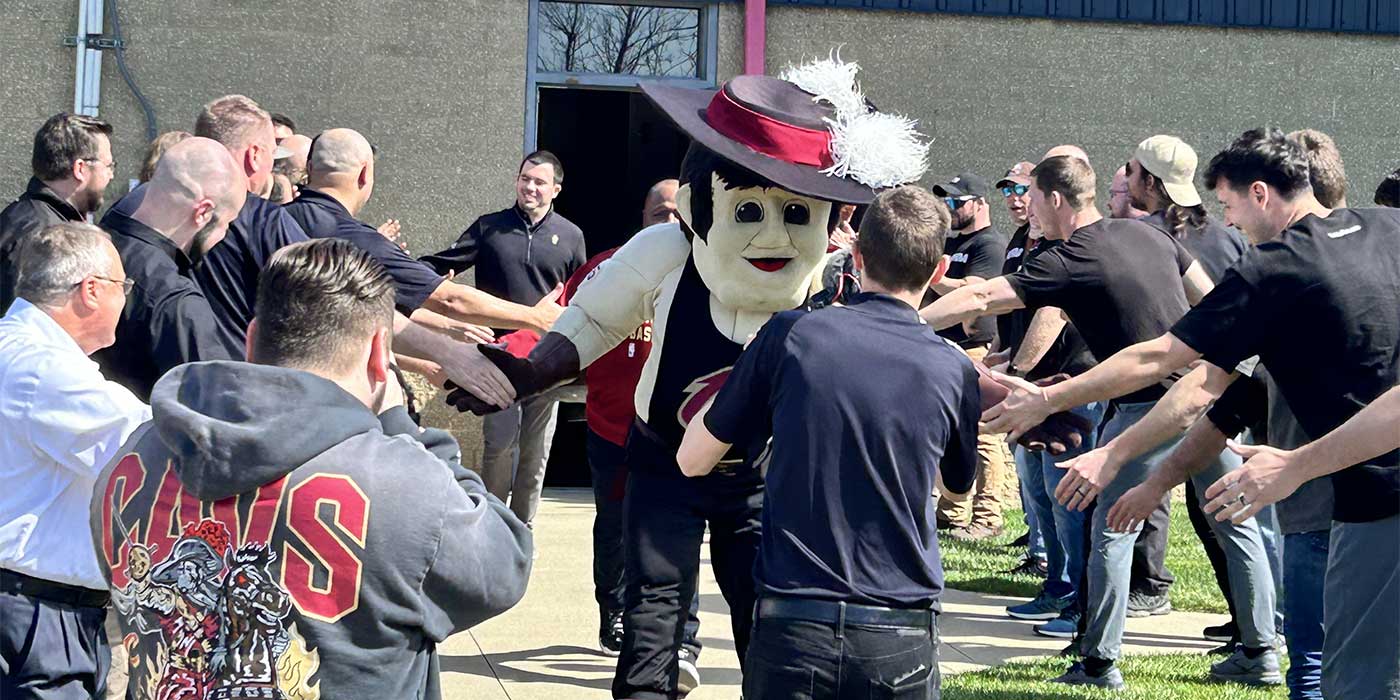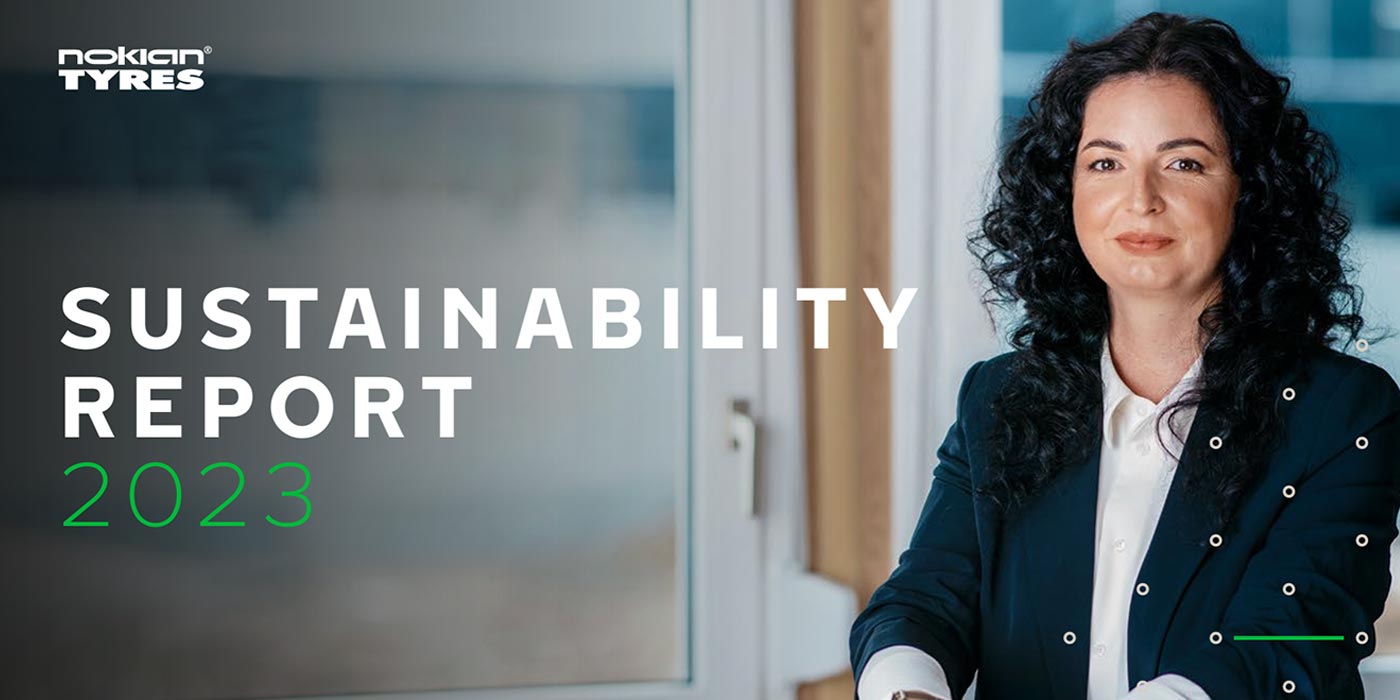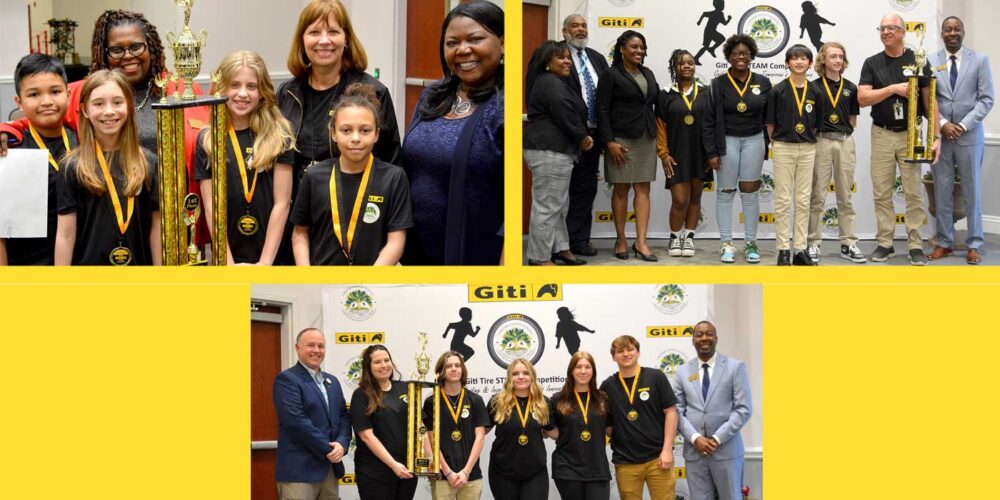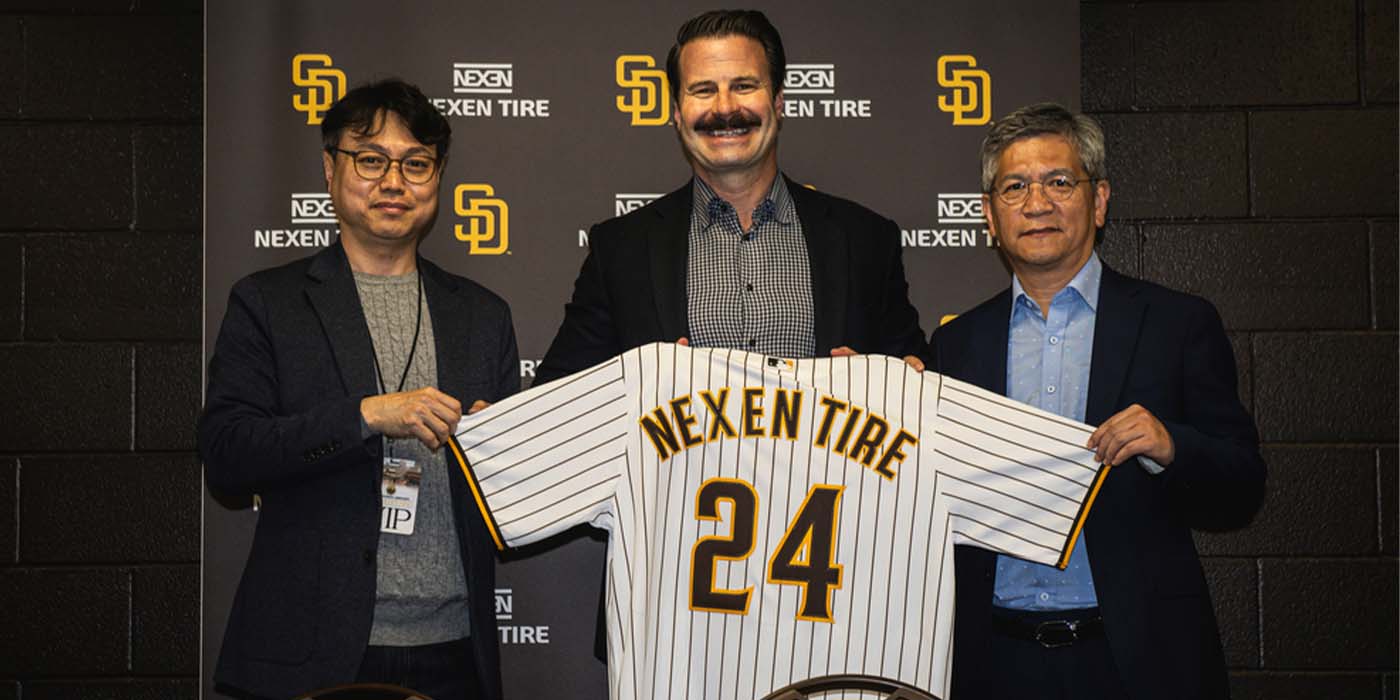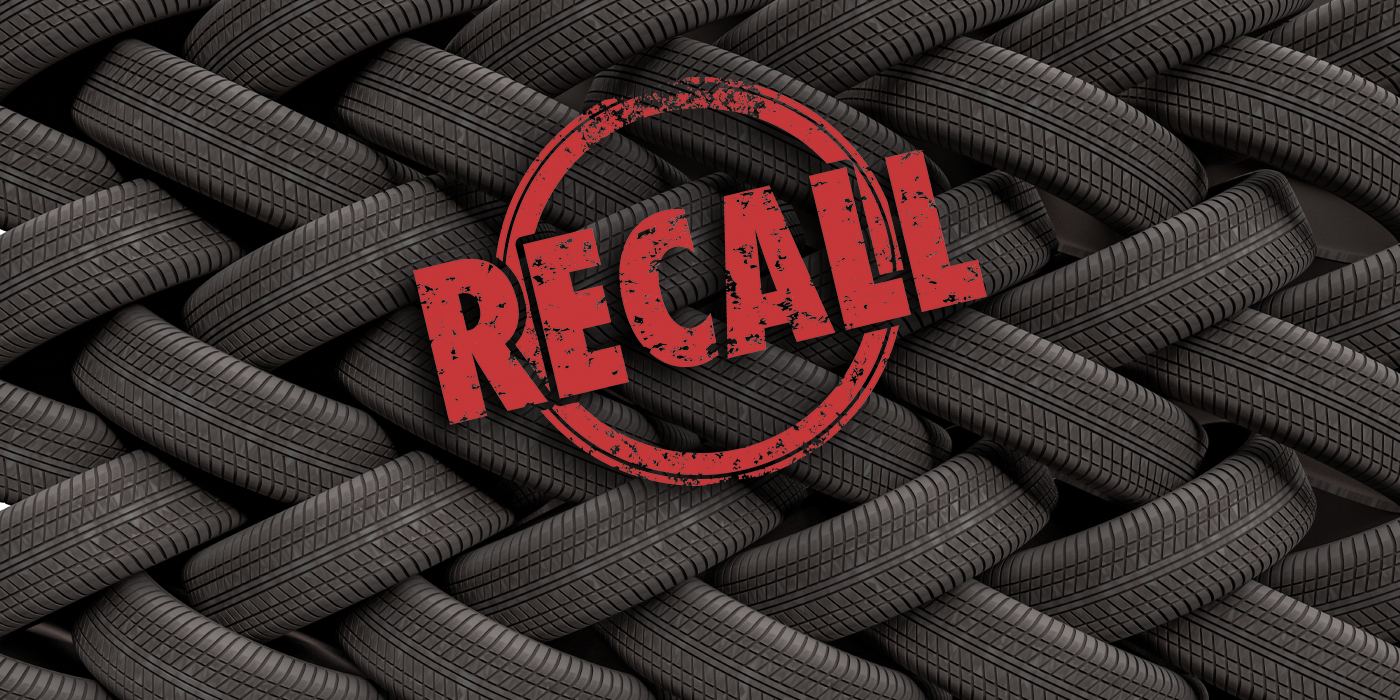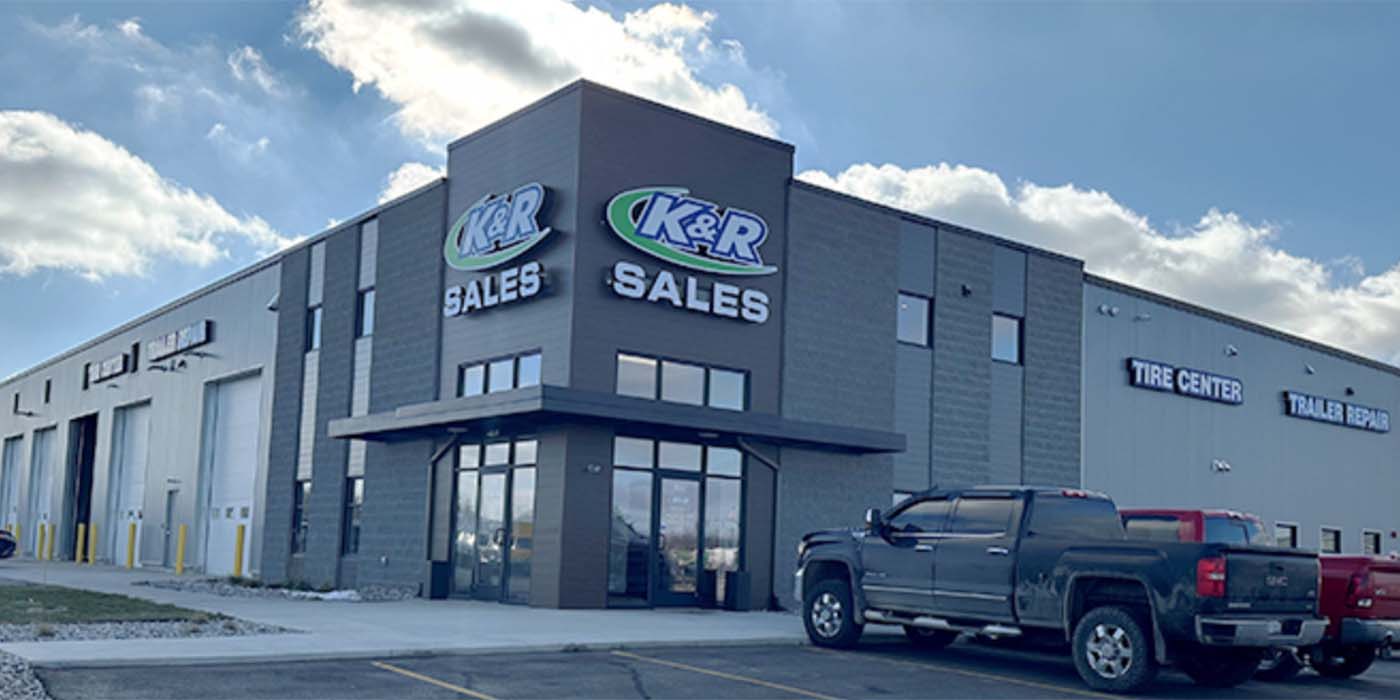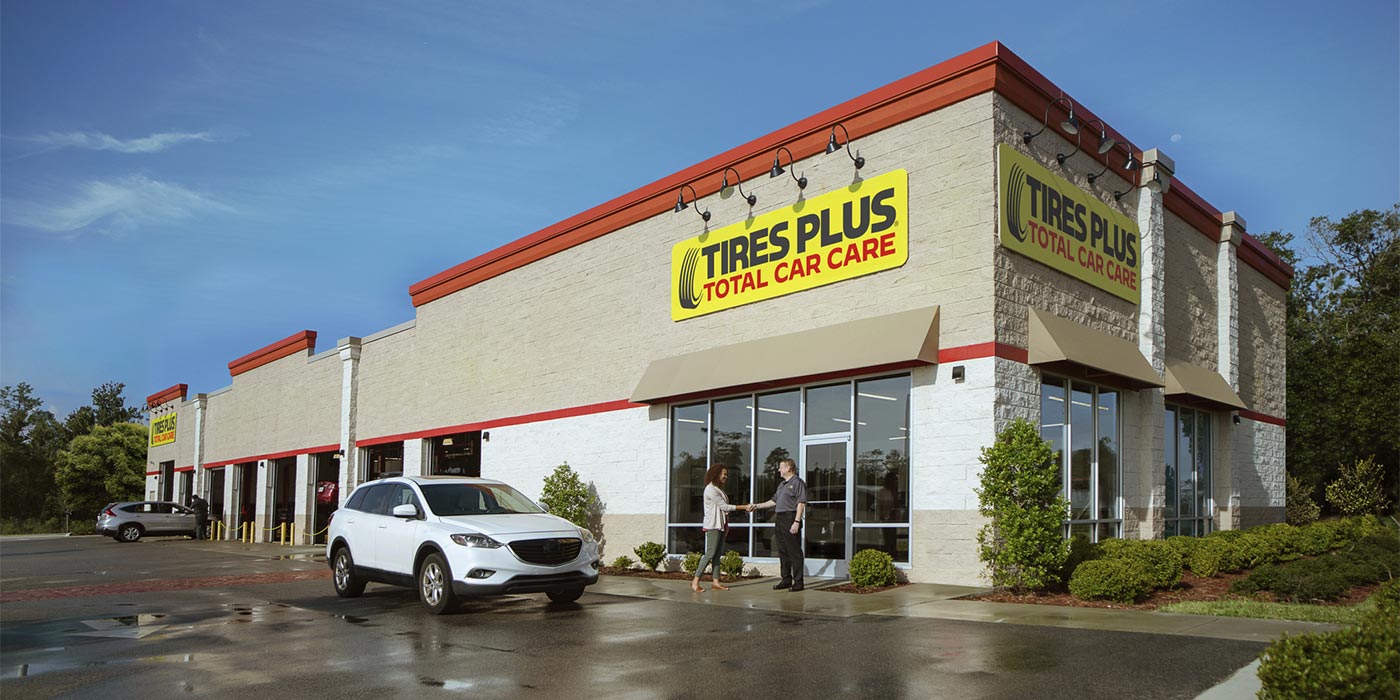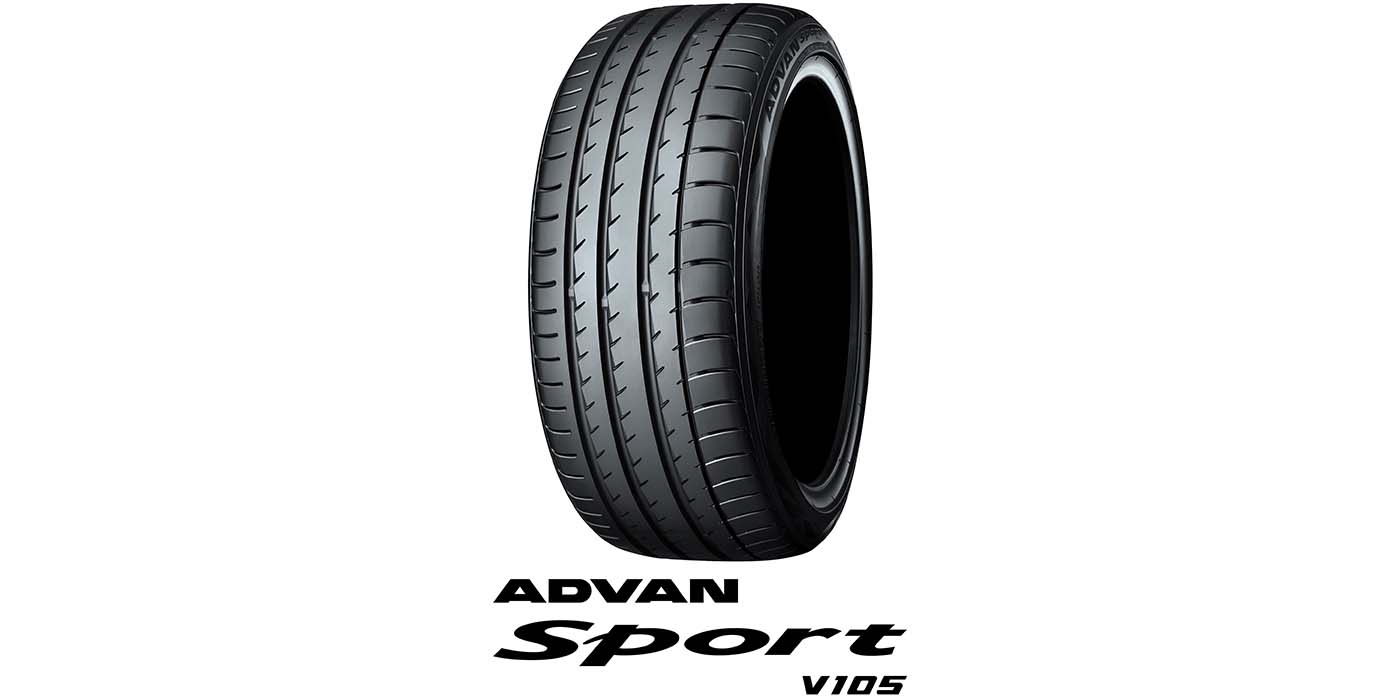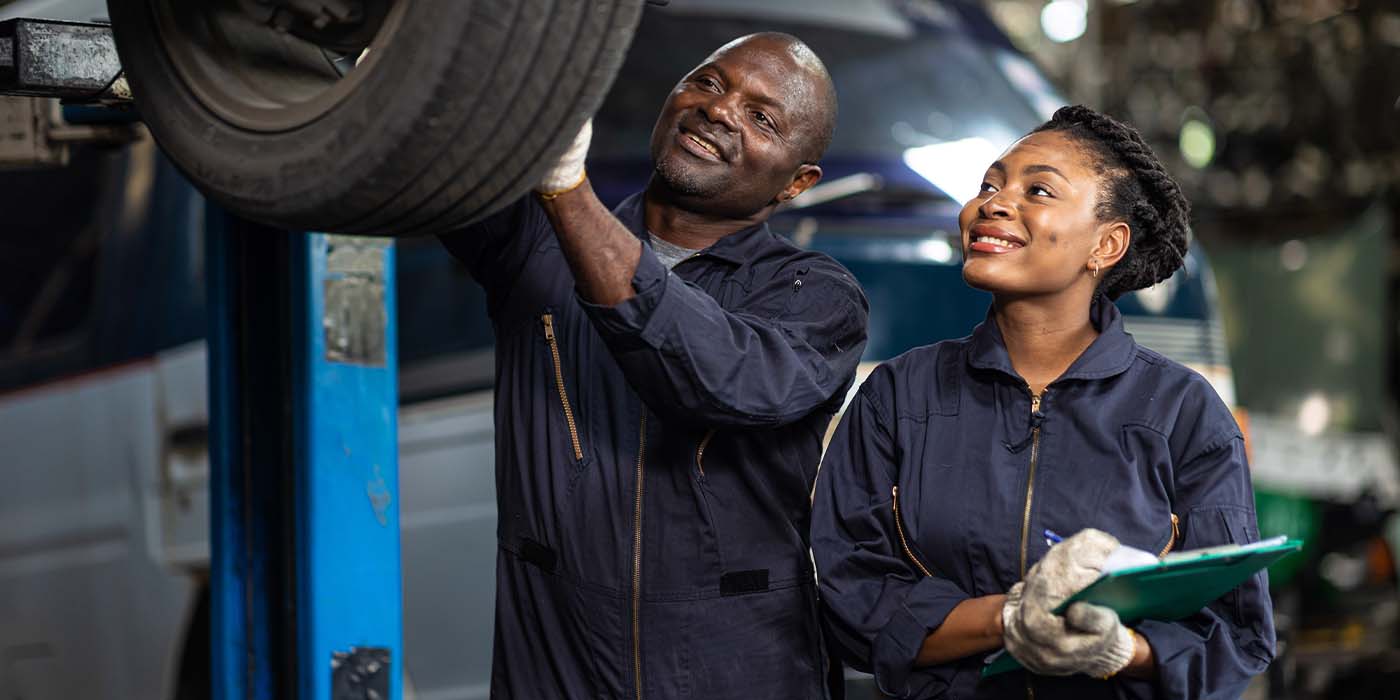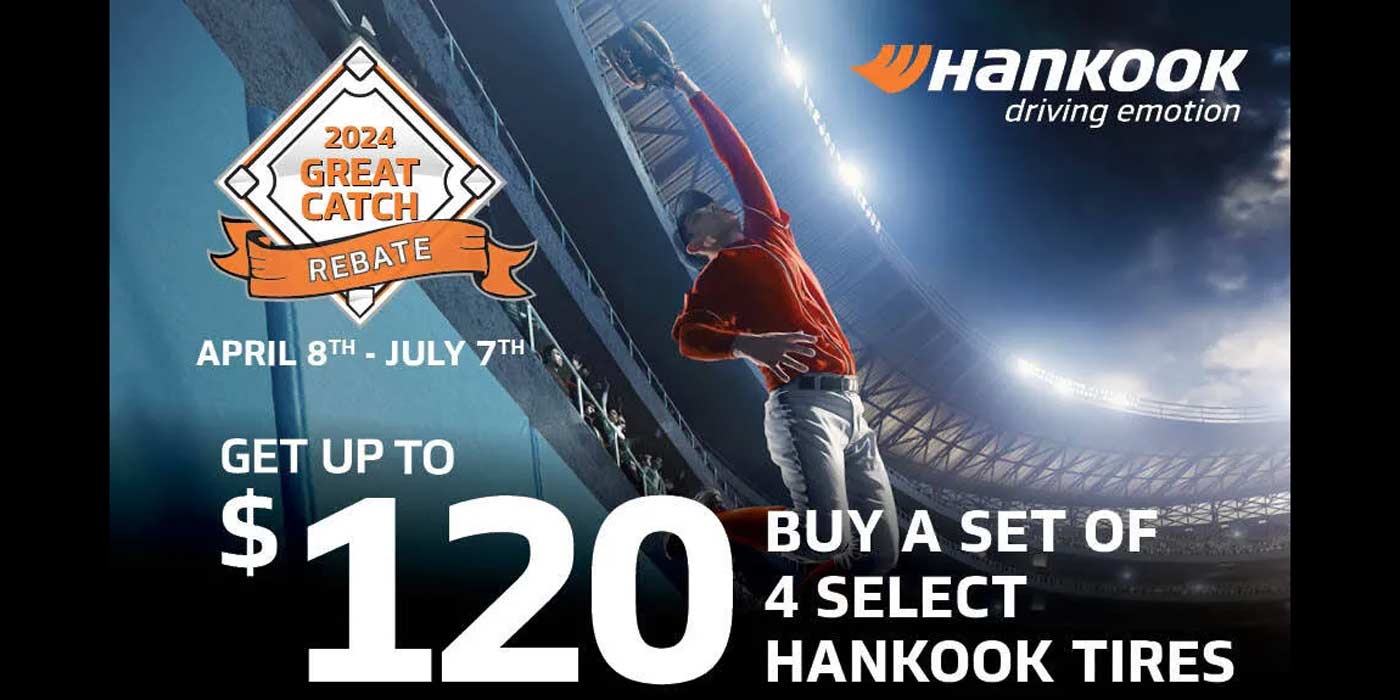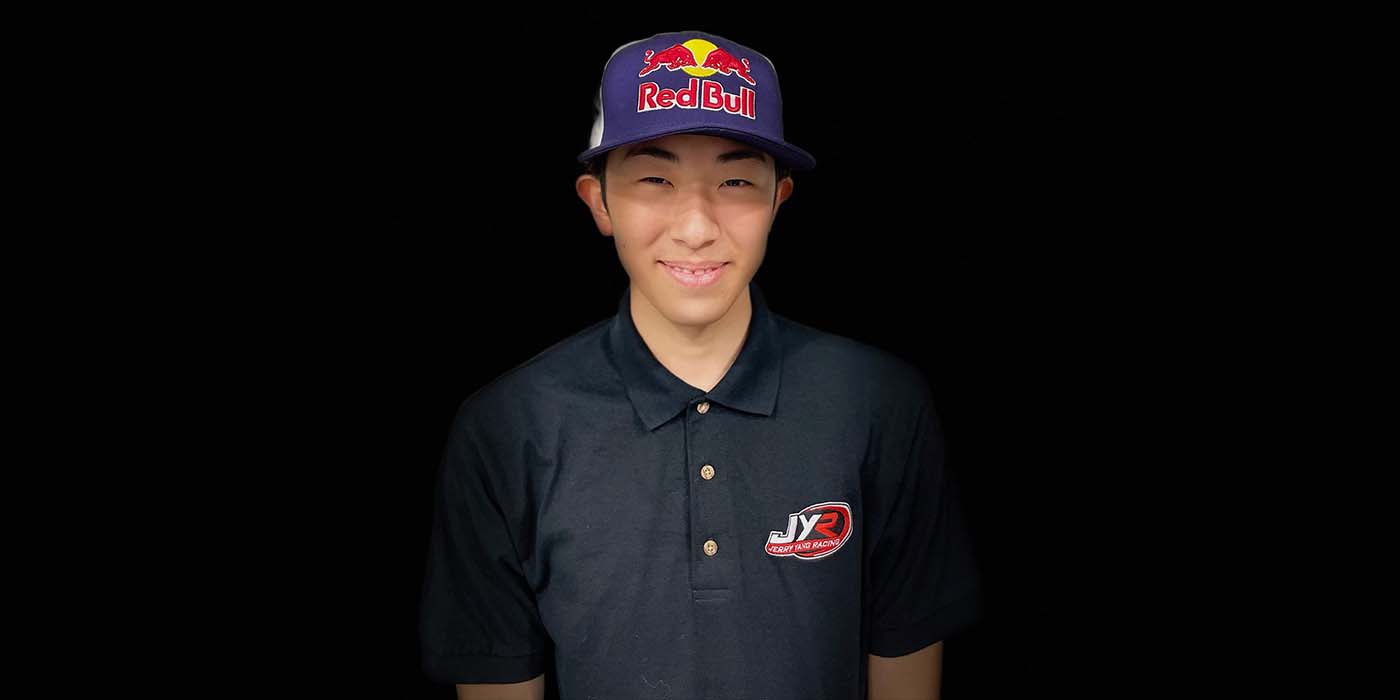Nearly one year ago, when Paolo Ferrari left Telecom Italia to join Pirelli Tyre SpA as chairman and CEO of its NAFTA region operations, he wasted little time making a major impression on the tiremaker and its customers. Days, weeks, months were spent addressing everything the unit was doing, and what it needed to succeed. And he did all of that with no tire industry experience or background.
In July 2012, Pirelli’s new $300 million passenger and light truck/SUV tire plant in Silao, Mexico, officially opened, clearly one major hurdle Ferrari knew desperately needed to be addressed. The tiremaker’s often confounding product screen was cleaned up, and decisions were made to boost Pirelli’s marketing, advertising and dealer education efforts. The results of that initial work were unveiled and demonstrated at Pirelli Tire North America’s dealer and distributor meeting, held in November in San Antonio. While Ferrari will be the first to say that more needs to be done, he feels confident that Pirelli now has a clear path in the North American market.
At that meeting, Ferrari sat with Tire Review for his first extensive industry interview.
It seems that your dealer audience was impressed by what they heard, particularly regarding the product screen, which you know was an issue.
“You give me great confidence by what happened yesterday. You just told me the takeaways are exactly what we wanted to get across. Part of that was tricky. The factory was an easy sell, they can see that. The marketing was also relatively easy. The product screen was critical because believe it or not, Milan is very sensitive about anything we do here that is not perfectly aligned with the way they see things. The way we explained the product screen yesterday is different than the way Milan has theirs. Certainly in the way we describe it. To us I think it is much more simple and easier to understand.
“The other thing we wanted to get across, and this is also sensitive, is that we are ‘premium,’ we start from ‘premium.’ But the risk in saying that is that you sort of limit yourself as a ‘niche player’ to the extent that maybe some of these guys in the audience won’t take you seriously for bigger volume, for bigger business. But when you look at the screen it’s not all ‘premium.’ Yes, we’re premium in general. But is the P4 Four-Season ‘premium’? Certainly not. Is the P7 Cinturato that we are launching this month ‘premium’? Most of the sizes are H-rated, that’s a mid-line tire. Now if we go back and ask: What is ‘premium’? Is the P7 Cinturato H-rated ‘premium’? Yes, it is a great tire, but even in our own classification it is a mid-line tire. So forget the classification. The technology is important, and that it has the features that customers are willing to pay for.”
As someone alluded during the meeting, “premium” can come from the vehicle the tire is fitted on, the quality of the materials and workmanship, and the technology or the mindset of the consumer you are chasing, so it has to be one of those things, right?
“The thing I wanted to get across is to think of us as a great brand, as a ‘premium’ brand, but don’t think of us as a niche player.”
Over the last 30 years, it seems Pirelli in the U.S. has been up and down, and to some dealers quite inconsistent. Is that a mindset issue with how Milan sees the market and customers here?
“I think right now we have a good balance. For instance, I guess I am a hybrid. I was born and raised in Italy, but I have lived in America. Riccardo Chici is Italian but has lived here a long time. Tom Gravalos is as American as apple pie. So I think we have a good mix of people who have more experience in America. We want to keep our Italian heritage, of course, and there is a lot of value in that, but we must be smart enough to apply that locally in a way that is oriented to the consumer.”
Talk about coming into Pirelli from outside the company and your impressions of the North American tire market.
“As everybody says, it is the most competitive market that I have seen. At the same time it is also the most rational market, meaning that if you do things right, if you pull the right levers, the machine moves in the right direction. I think we are experiencing that in specific channels where we tried some things that in theory should have delivered certain results but they didn’t. So it is very competitive, it is very tough, but at the same time it is rational, it recognizes value and recognizes product quality. So if you use the right levers you can be successful. I like that, I like doing business in America because it is rational.
“The other thing that was surprising to me is that I would like to have more market data, more data that you can use to make reliable decisions based on sell out data, pricing, marketshare trends, etc. We have all of that data, as you know, but it is not as sophisticated as you would find in the fast moving consumer goods industries. Procter & Gamble knows exactly where it is sold, the little SKUs of shampoo in a Kmart in Cincinnati. So that makes it a little more difficult to manage products. I would like to have more accurate sell out data, to be sure.”
Coming from Telecom Italia, describe your management style and how you want to relate to dealers.
“My background is that I was born and raised in Italy and got my education in Italy first. I got my MBA is the States (New York University – Leonard N. Stern School of Business). So my management style is a lot more Anglo-Saxon that it is, say, Italian or European. Which means my management style is very, very direct, very transparent, and I know that I am only as good as my team is. The way I work is that I develop a very clear vision, I allow people to challenge my vision, and I think I am smart enough to accept those challenges and maybe review, even partially, that vision. Once it is strictly clear, then we execute. I expect people to be entrepreneurs of their own functions, their own responsibilities for their roles in meeting that vision. The most important thing someone in my position has to do is move aside every doubt that comes along that continues to challenge that vision. Get them moved out of the way. What I have found over the years is that there are some people who spend their days putting doubts in the minds of your people instead of contributing to meeting goals.”
What do you see as PTNA’s strengths and weaknesses? Talk about the weaknesses first.
“Our weakness has certainly been the service level and the way we have been able to supply our dealers. And there has been a very simple reason for that: out of every 100 tires we sold in North America, only five were produced in North America. So 95% of what we sold was sourced from other Pirelli plants around the world that as much as they are close, they are still thousands of miles away. So the supply chain is very long. Now that is being addressed by our new Mexico factory. That is probably the biggest weakness in not being able to provide the service level that would allow us to capitalize on our OE fitments. We have a high marketshare in the OE market where we can’t capitalize fully in the replacement market.”
And strengths?
“I think the biggest strength is the fact that we really have a unique brand. A truly unique brand that has a good level of awareness and an incredibly good level of equity among our target groups. A brand that is supported by tremendously high quality products. And all we have to do is make sure that we align all of our market levers and ramp up our marketing to make sure we leverage these tremendous assets.”
Who are Pirelli’s key retailers in North America, and what role do you see independent tire dealers playing for Pirelli going forward?
“The retailers are closer to the consumer, and we like that relationship. We like the fact that we can do business with someone so engrossed with the consumer. The more these dealers have an in-depth knowledge of the products, understand the technology behind the products and understand the OE fitment story that we have, the better for us, the better the relationship, and the more we know they can transfer those stories on to the consumer.
“We like the fact that it is a shorter channel for us to convey to the consumer our value proposition. The other channels, of course, are longer and the messages get diluted, and that is compensated by the advertising we do and all of the other things that we do to reach the consumer. Pirelli’s effort as a group to get closer to the consumer has been clear now for a while, and, of course, the closer the dealers are to the consumer, the better. The effort that we do with them in terms of training is also significant. We talked during the meeting about the e-training platform we have and how that has been upgraded for dealers, and how that can be shared with all of the dealers’ staffs.”
On the consumer tire side, how much of your business in the U.S. and Canada is through the independent tire dealer channel?
“We have about 80% that is not wholesale, 80% that is just retail, either through independent distribution or direct. Pure wholesalers are about 20%. But within those I do include Dealer Tire, which is a wholesaler but a different kind of wholesaler, and Tire Rack. So let’s say pure, pure retailer – the independent dealer – is about 50%.”
Obviously the new plant in Mexico will help Pirelli expand its reach in North America. But in what other ways will the plant help PTNA’s efforts?
“Having a ‘steady state’ with production is going to improve profitability. We’re going to have at least two years of a ramp-up phase so our fixed costs will continue changing each year. So getting to a ‘steady state’ will give us a profitability advantage. Fill rate, obviously, will improve, as I mentioned. The most important point, I think, is the ability to be faster in reacting to market needs. Whether that is specific availability for certain products or certain initiatives, or to develop a product line for specific segments, that is really key. As we go ‘premium,’ within that market segment we need to be able to develop product for the subsegments. Having the plant means we can do more development and we can do it faster. This means a faster industrialization process and getting new products out to the market faster.”
What kinds of tires are in store for the North American market?
“For us there are really two areas of development, one is where we update our current products and the other is full development of a new tire, which takes really about two years. A good restyling and updating of current products can happen much quicker, and allows you to build a marketing story, a sales story behind something ‘new.’ Now we’re talking about upgrades of substance. We’re not talking about just slapping ‘GT’ on the name of a current product. We’d have a new or tweaked compound or technology that is new. This is an activity that you will see us do in the first quarter of 2013; you will see a member of the P Zero family being updated and renamed. I think you will see that more from us.
“With full development new tires, you will see us concentrating on the all-season market. I don’t want to anticipate too many things, but considering that we have launched the P7 Cinturato All-Season and we will launch one in the Scorpion line, you may assume where we will next do that development. We have a good all-season proposition, but we need to fill out our product portfolio. In the summer tire market I think it is being able to introduce products that answer specific segment needs.”
Do you see a danger, like with there being a dozen varieties of toothpaste, in trying to slice segments a little too finely?
“Yes there is, and you can see that some of our competitors have absolutely reached that danger level and are now scaling back and making their portfolios simpler. I think we have a comprehensive, yet simple portfolio and we want to keep it that way. But I think there are some certain places were we still have some gaps. We’re not far from being stretched. We are still at the stage of completing our range, but some of our competitors are at a stage where they want to shrink their portfolios.”
How do you see the green tire, the fuel efficiency segment for Pirelli?
“I don’t think we’re in a situation where a tire positioned as an ‘all-green’ tire is going to sell a lot. But I do believe that the green tire concept is now more and more transversal to all tires. All tires will have the low rolling resistance characteristic that is desired, and I think that is being shown well by the OEMs. We have Porsche and Bentley asking us for low rolling resistance specifications for tires. Certainly the rolling resistance level for those tires will be different then that of a Prius, but it means that rolling resistance is there as an attribute and it is here to stay. It is now an important feature across the board, and while it is more important in some segments than others, it is not important enough to make it the sole performance proposition for a consumer. The challenge for us is improving rolling resistance but maintaining all of the other attributes you put into the tire.”
Looking at 2013, how do you think the U.S. tire industry will perform?
“We see 2013 as a transition year, a flatish market. Probably a weak first half and a stronger second half that will hopefully be the preamble to a full recovery in 2014 and beyond. I think the premium segment will follow the same trend, always four or five percentage points above where the total market is going to be.”
What obstacles are there for tiremakers and for dealers going into 2013-14?
“For the dealers, the challenge is still going to be the economy, probably to a lesser extent in 2013 than before because the car parc is getting older and older and the tires are balder and balder, so there is going to be a natural replacement that is for need but it will be a relatively ‘poor’ type of replacement. The additional challenge they will face is probably the continuing consolidation of the retail market. The big are getting bigger and the small are getting smaller. That’s probably more of an issue for the smaller dealer.
“On the tire manufacturer side, we feel the high end of the market is still growing. As far as we are concerned, we are concentrating on the right end of the market where there is less price competition. The other manufacturers that are more broad are still going to be suffering from price competition. So from a price competition standpoint, the more you are in the premium market the more protected you are.”
In terms of sales, how will Pirelli finish 2012 in North America? What are your goals for PTNA for 2013?
“2012 will be a very good year for Pirelli in the U.S., Canada and Mexico. For the U.S., both OE and replacement for us are growing. We are growing in volume, we’re growing in ‘premium’ and we’re growing in revenue. It’s a good year, a very good year. In the replacement market, our volume is slightly down, but that is the result of a conscious decision to slowly exit the standard market. In the ‘premium’ segment we’re growing by double digits.
“Looking at 2013 and onwards – I have a three-year horizon in terms of a business plan – in ‘premium’ I think we can outgrow the market at least two times, we can grow twice as fast as the premium market in next three years. And that means gaining marketshare, of course, and even then we are underrepresented compared to the OE that we do. If we get our supply chain in line, we can recapture the marketshare that we believe is natural.”


